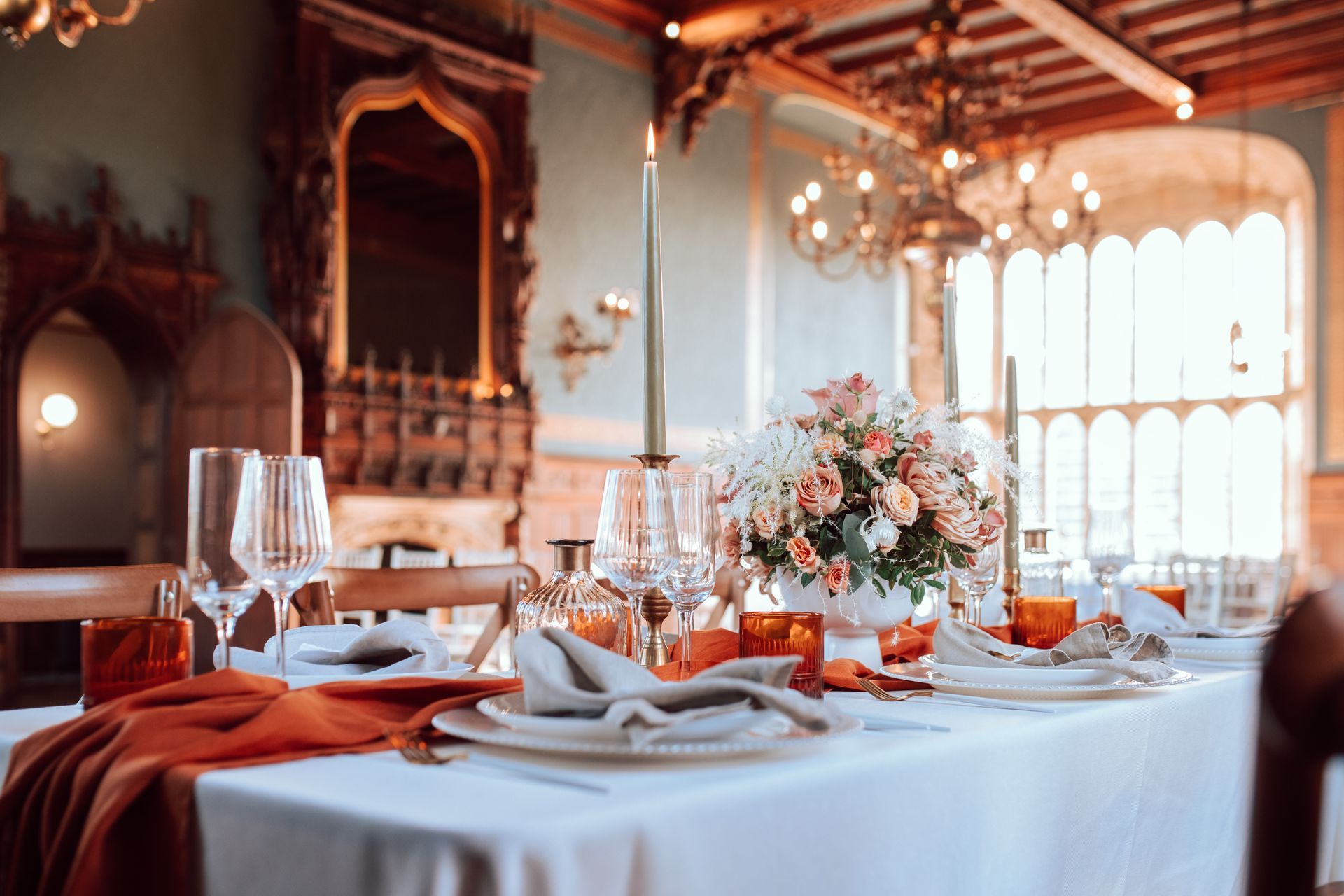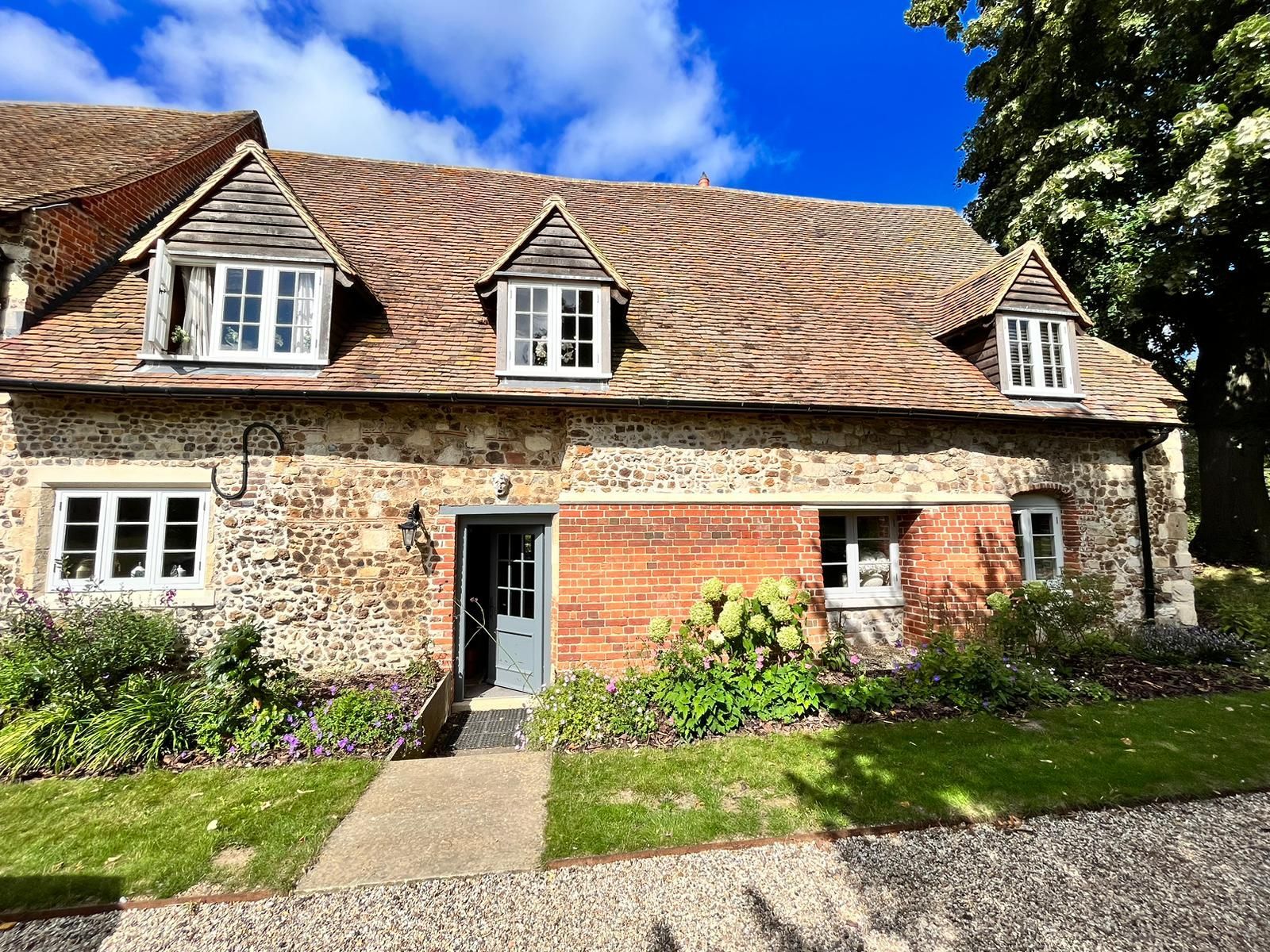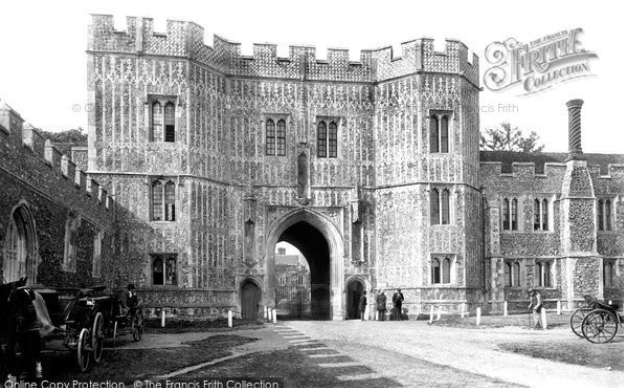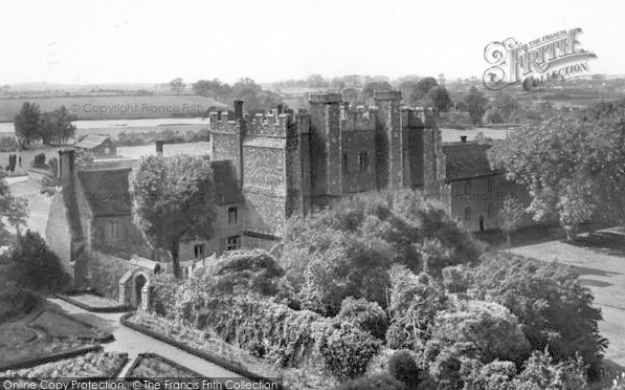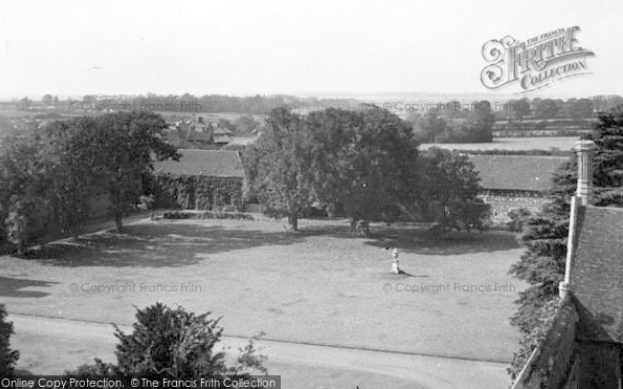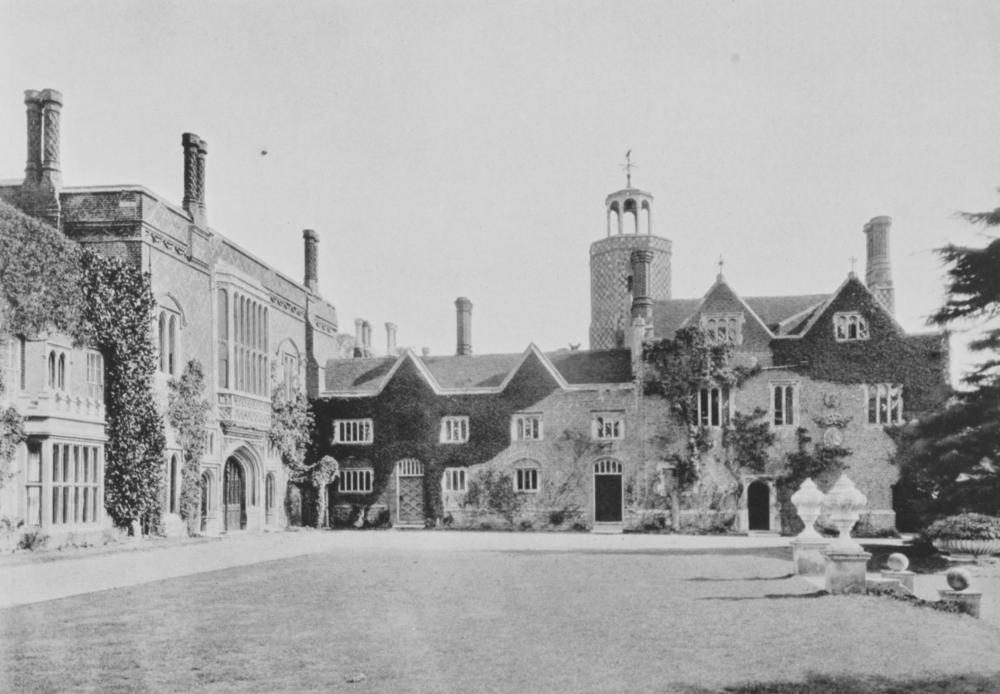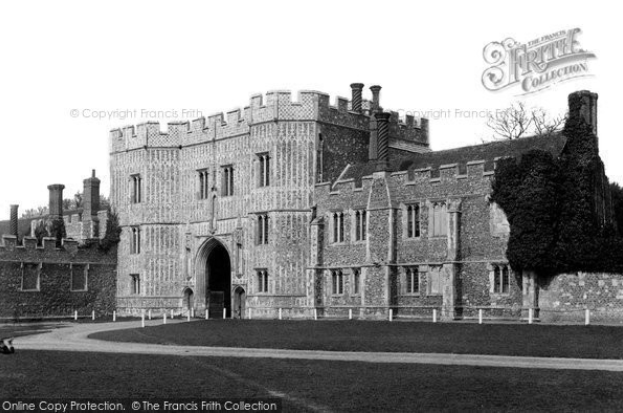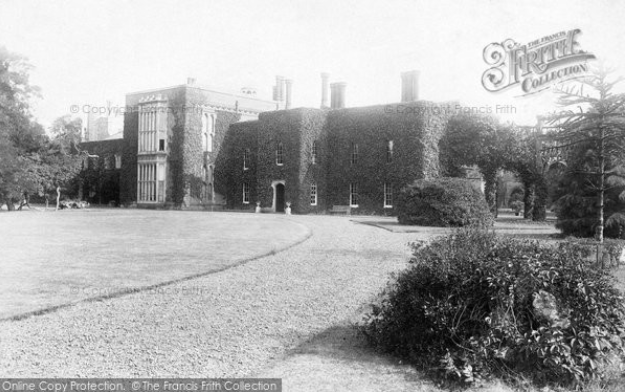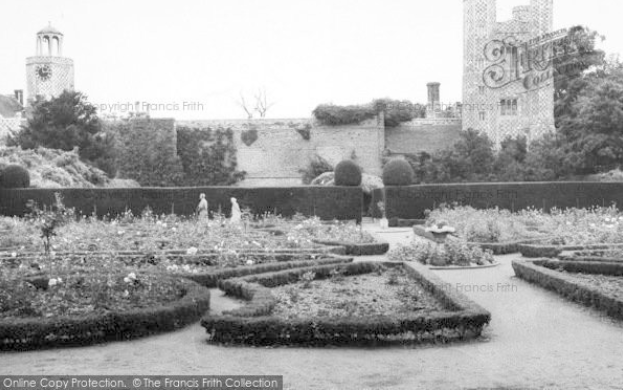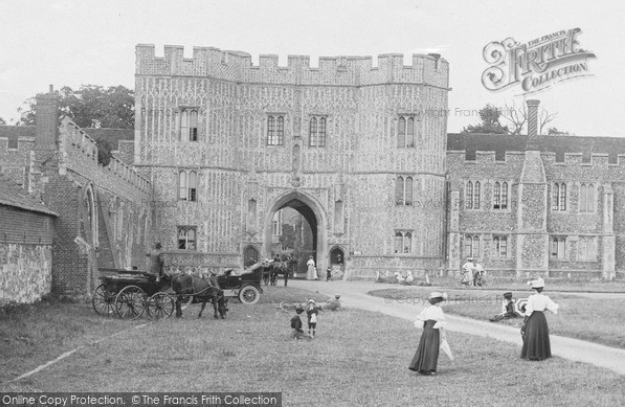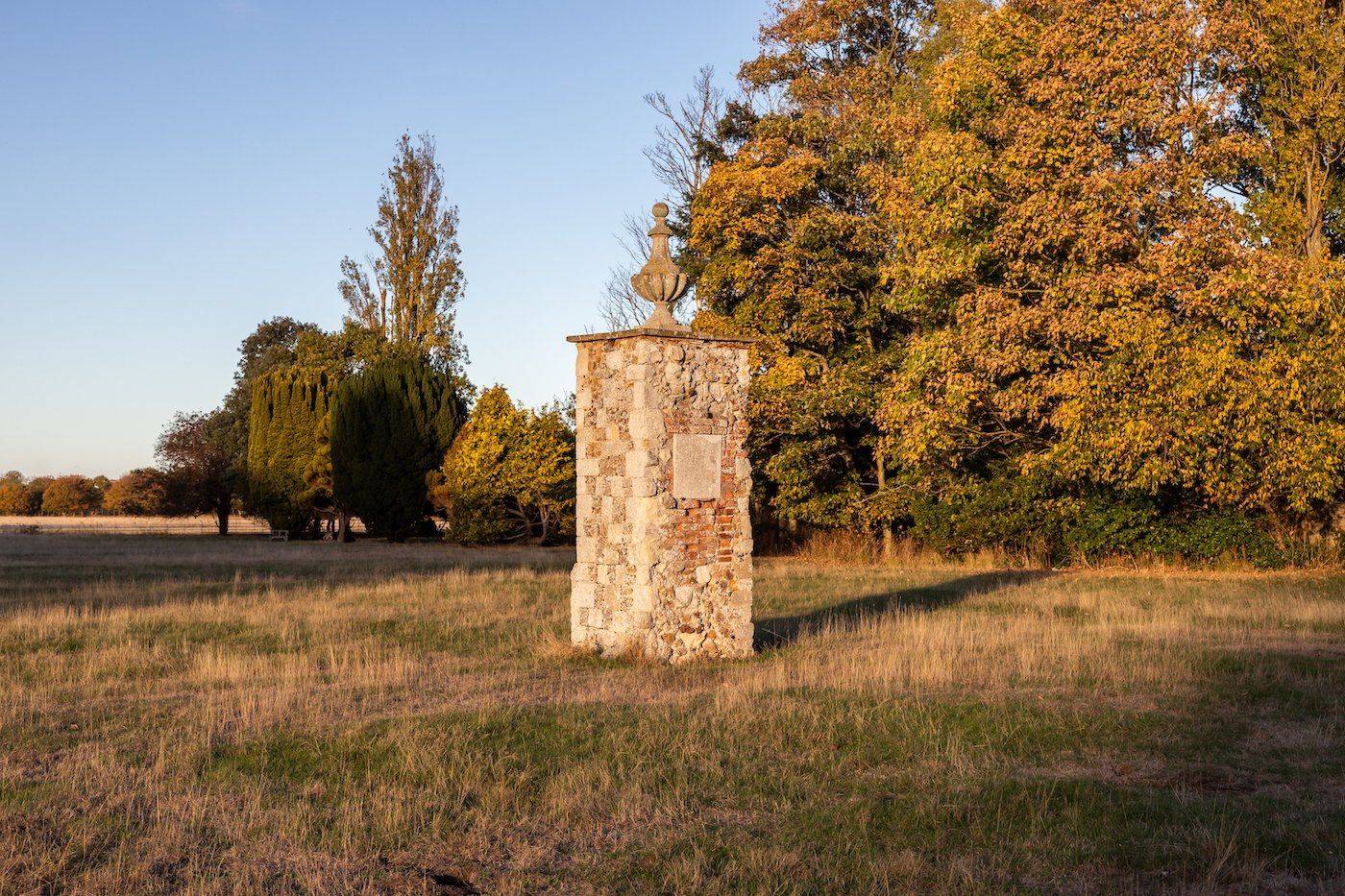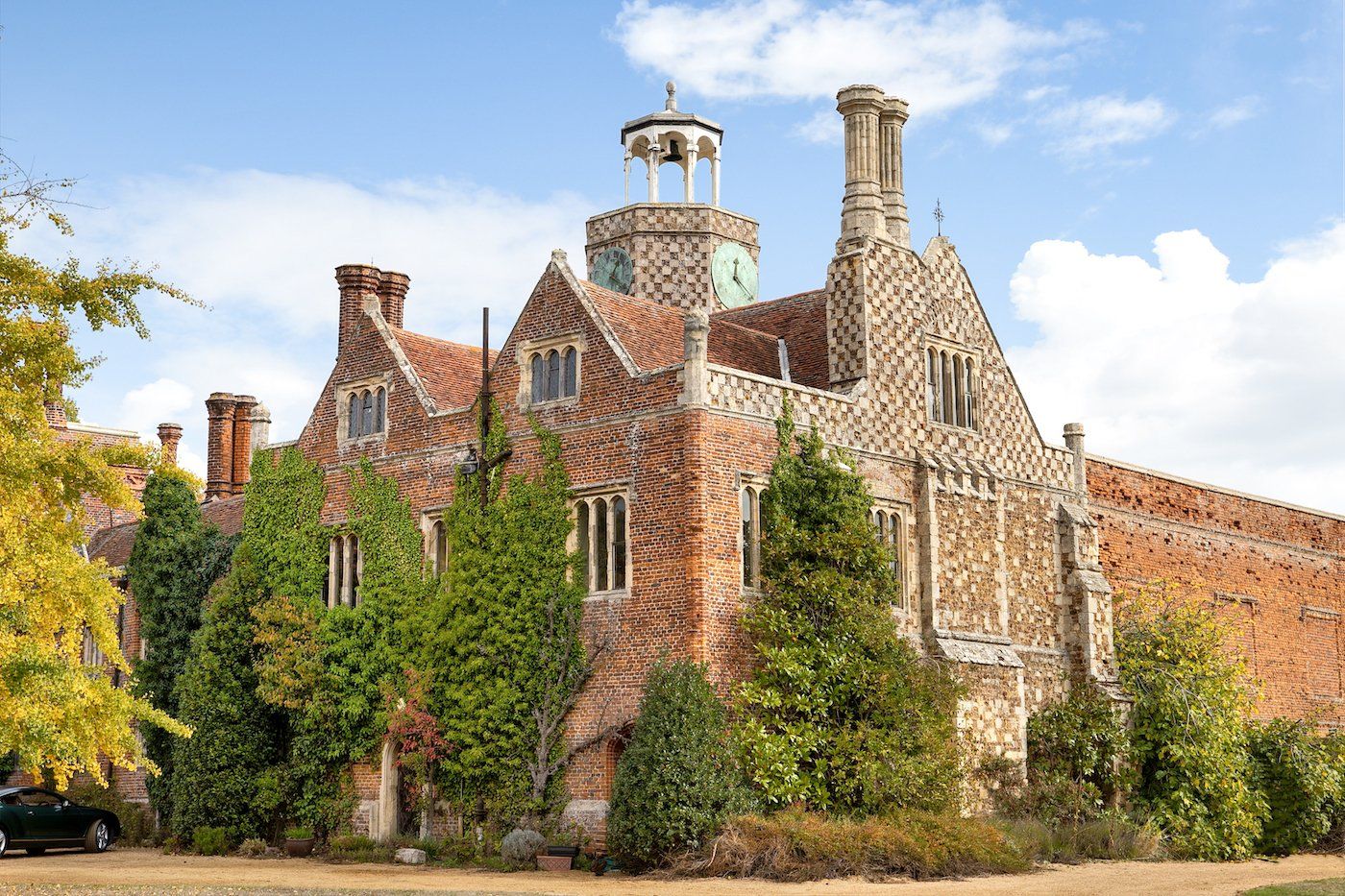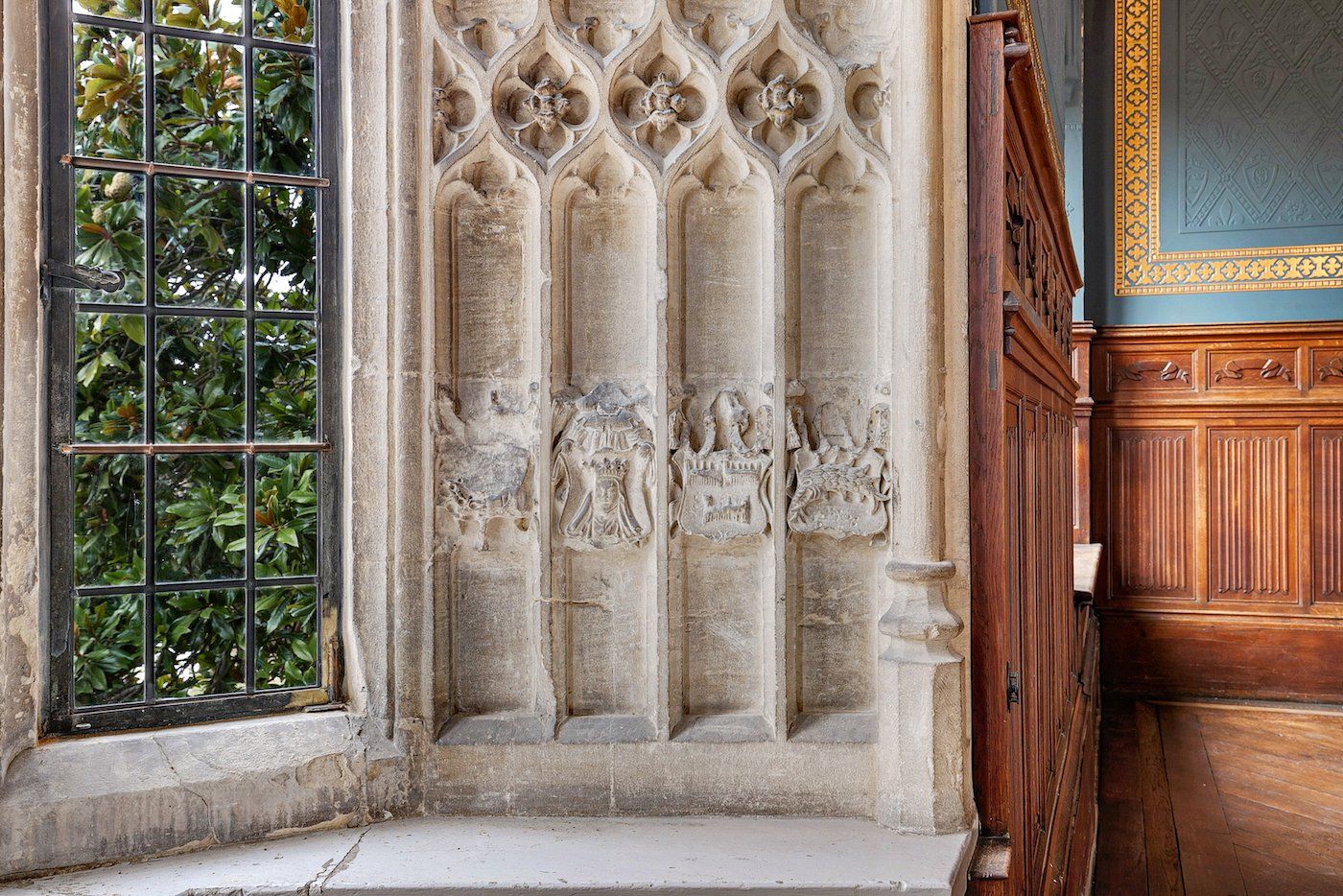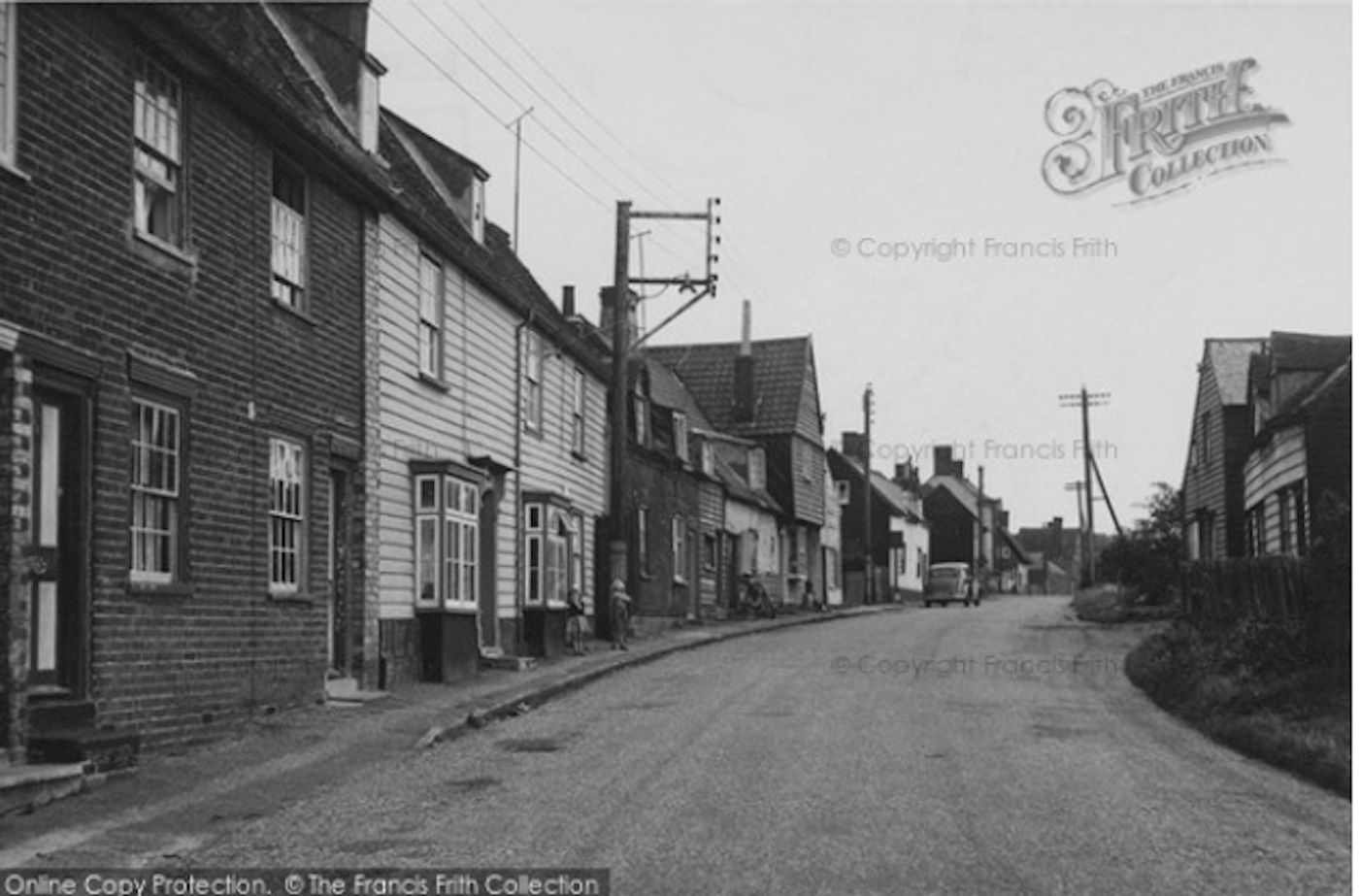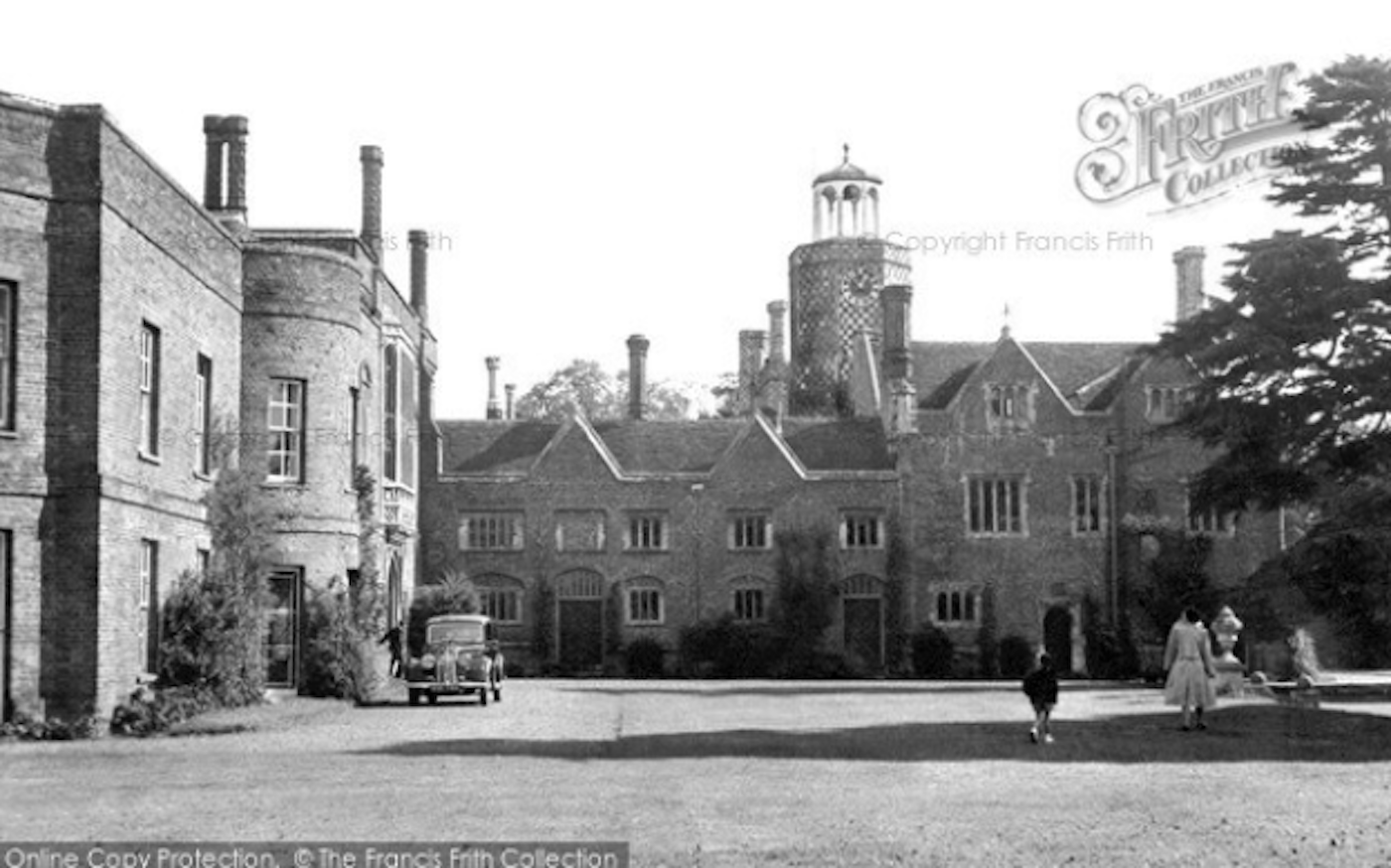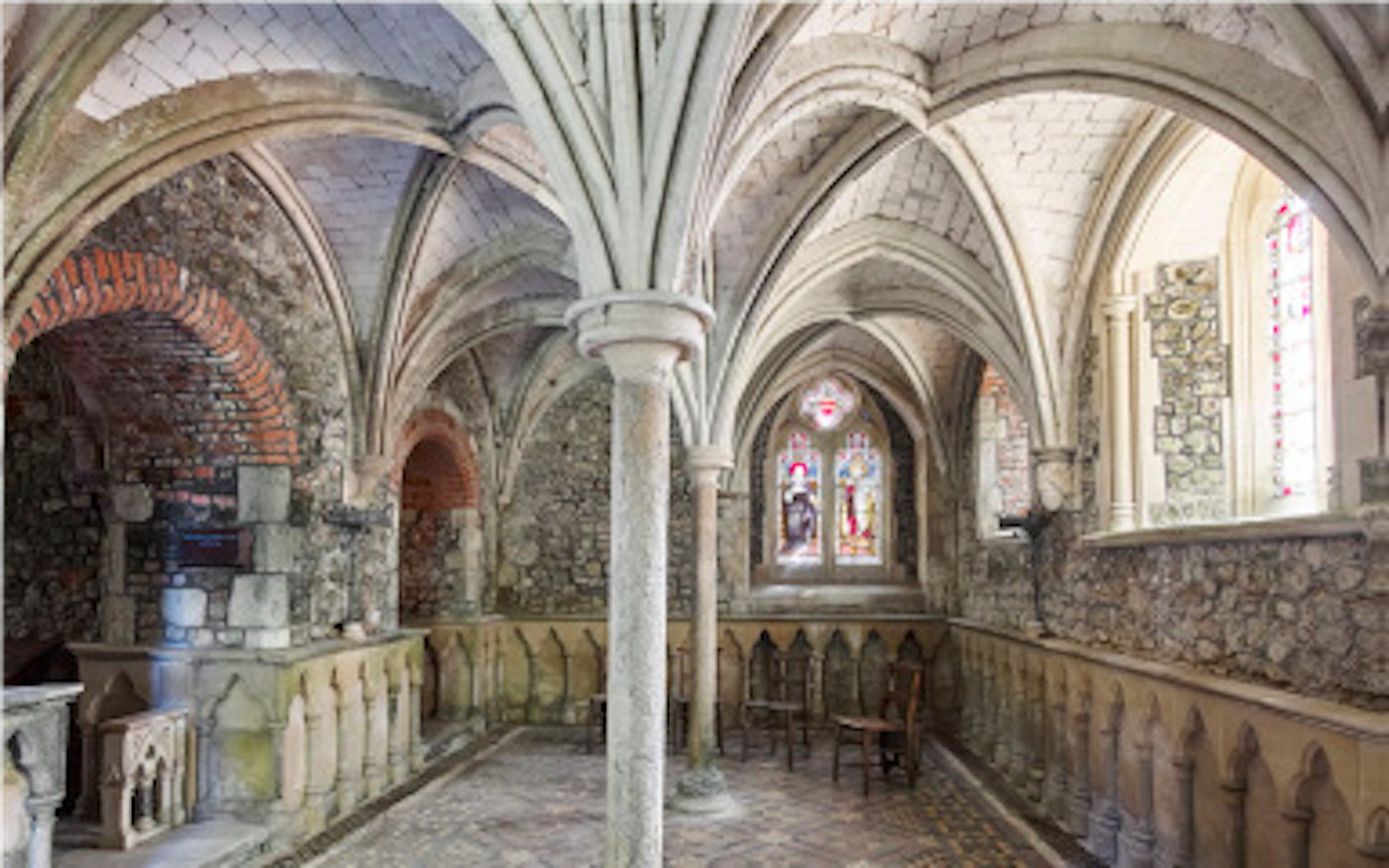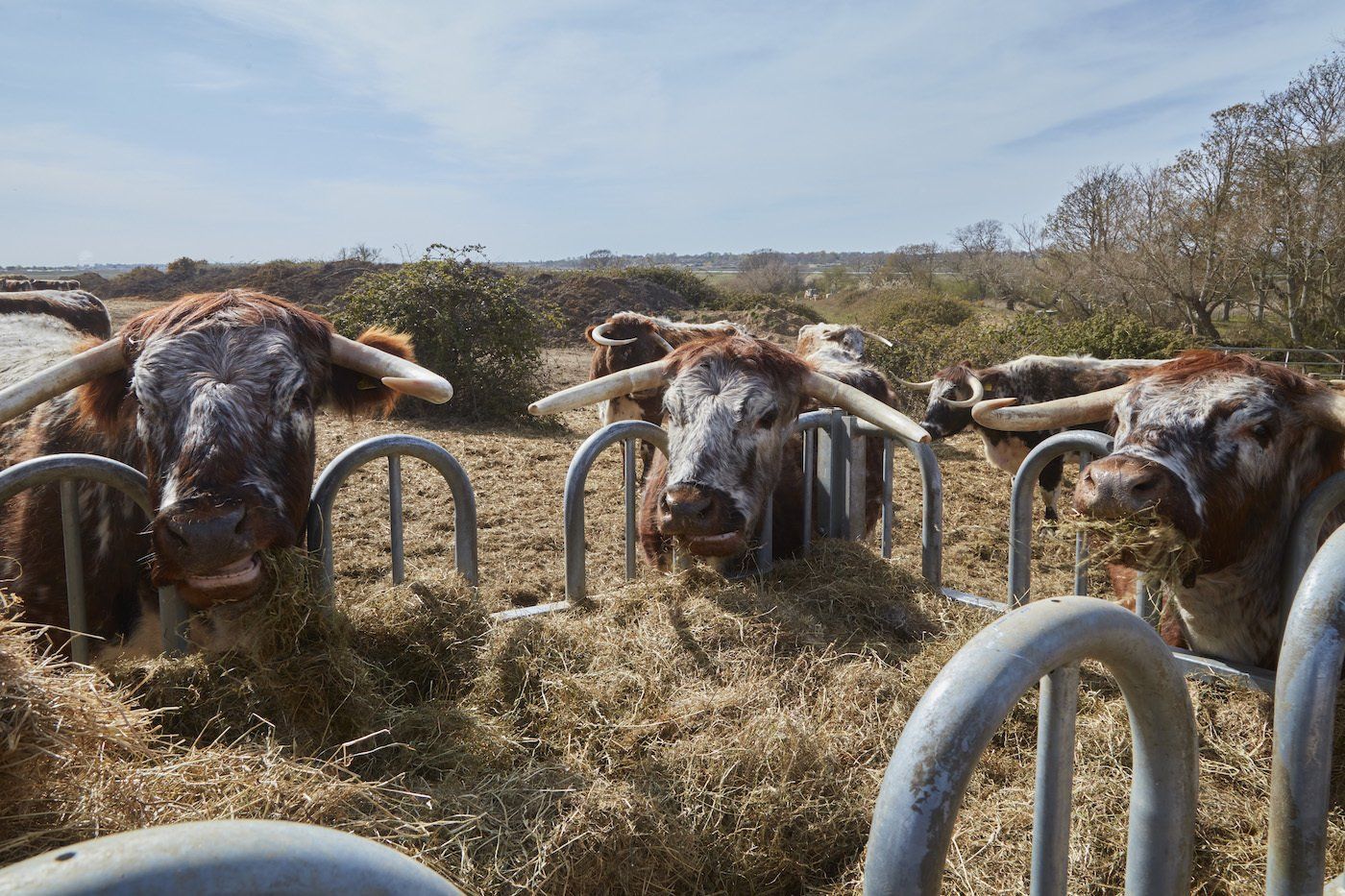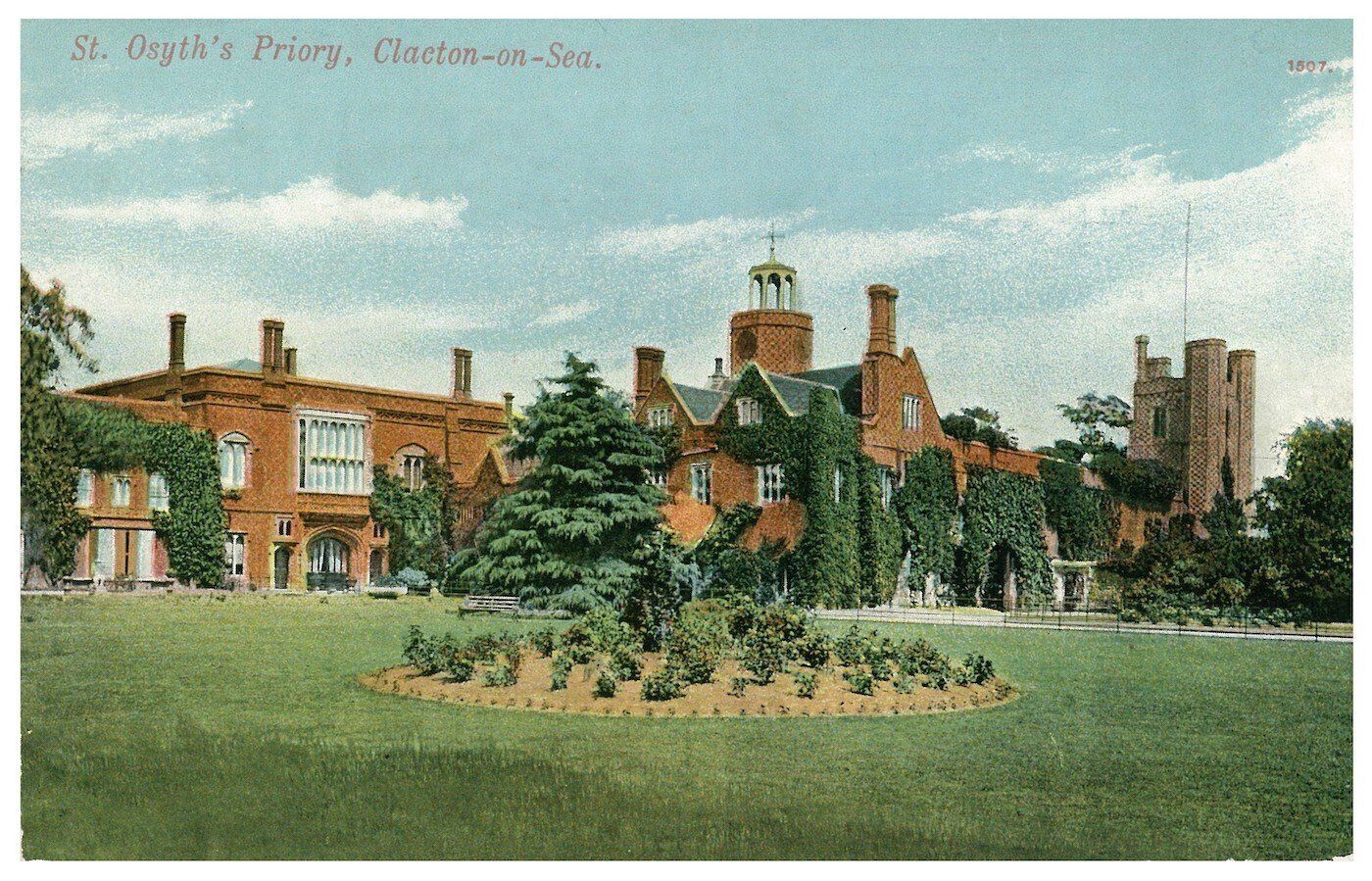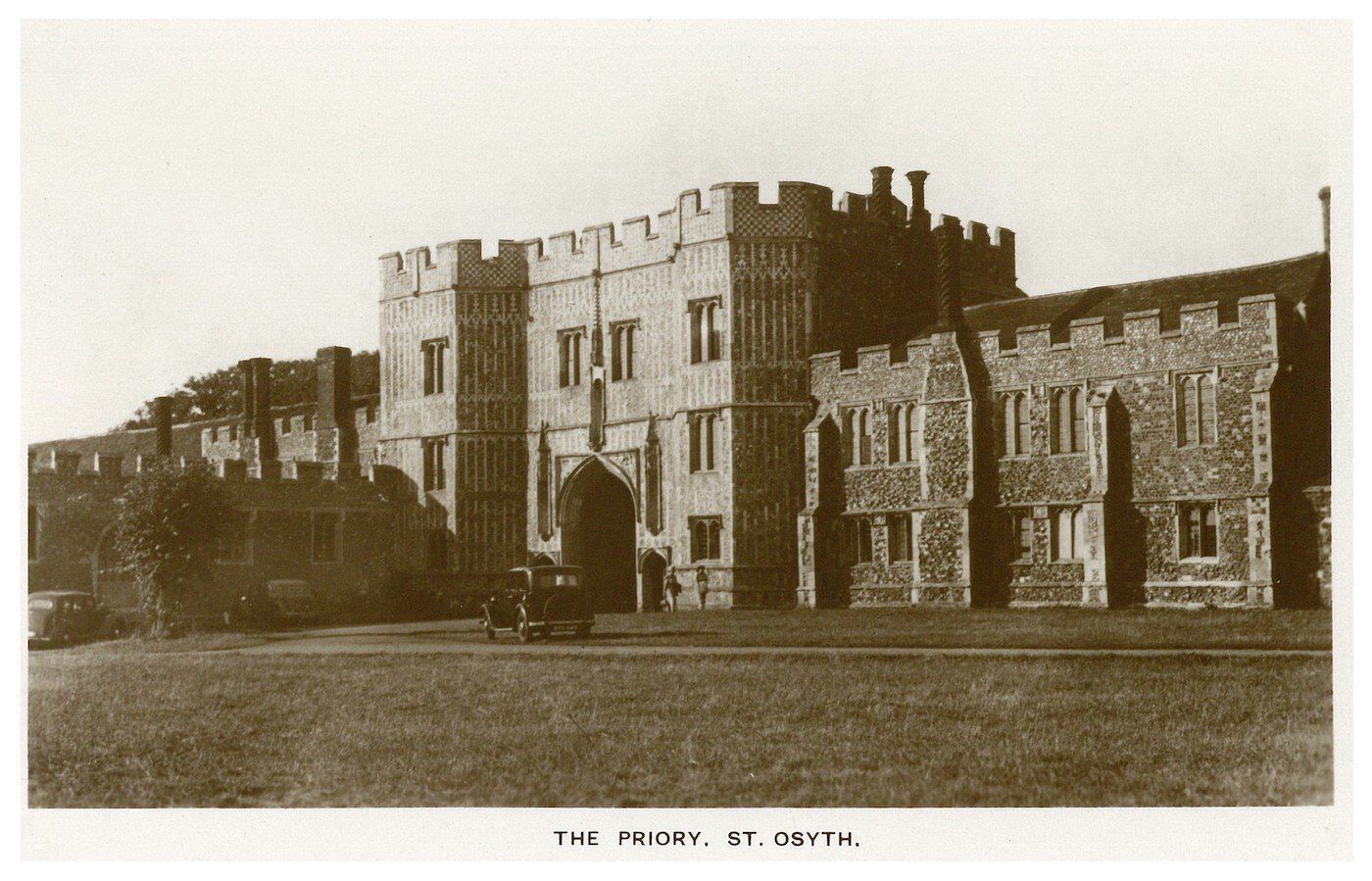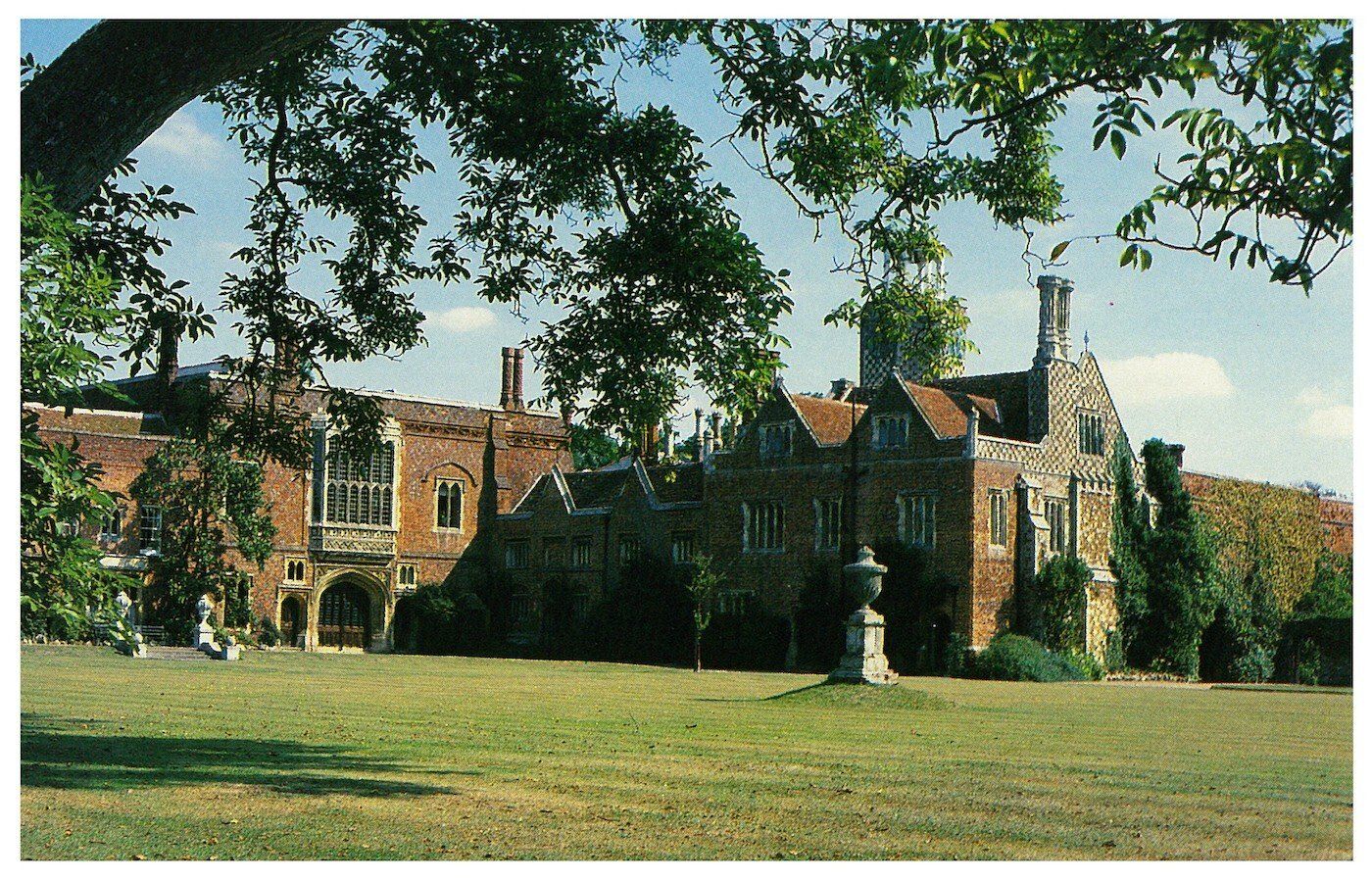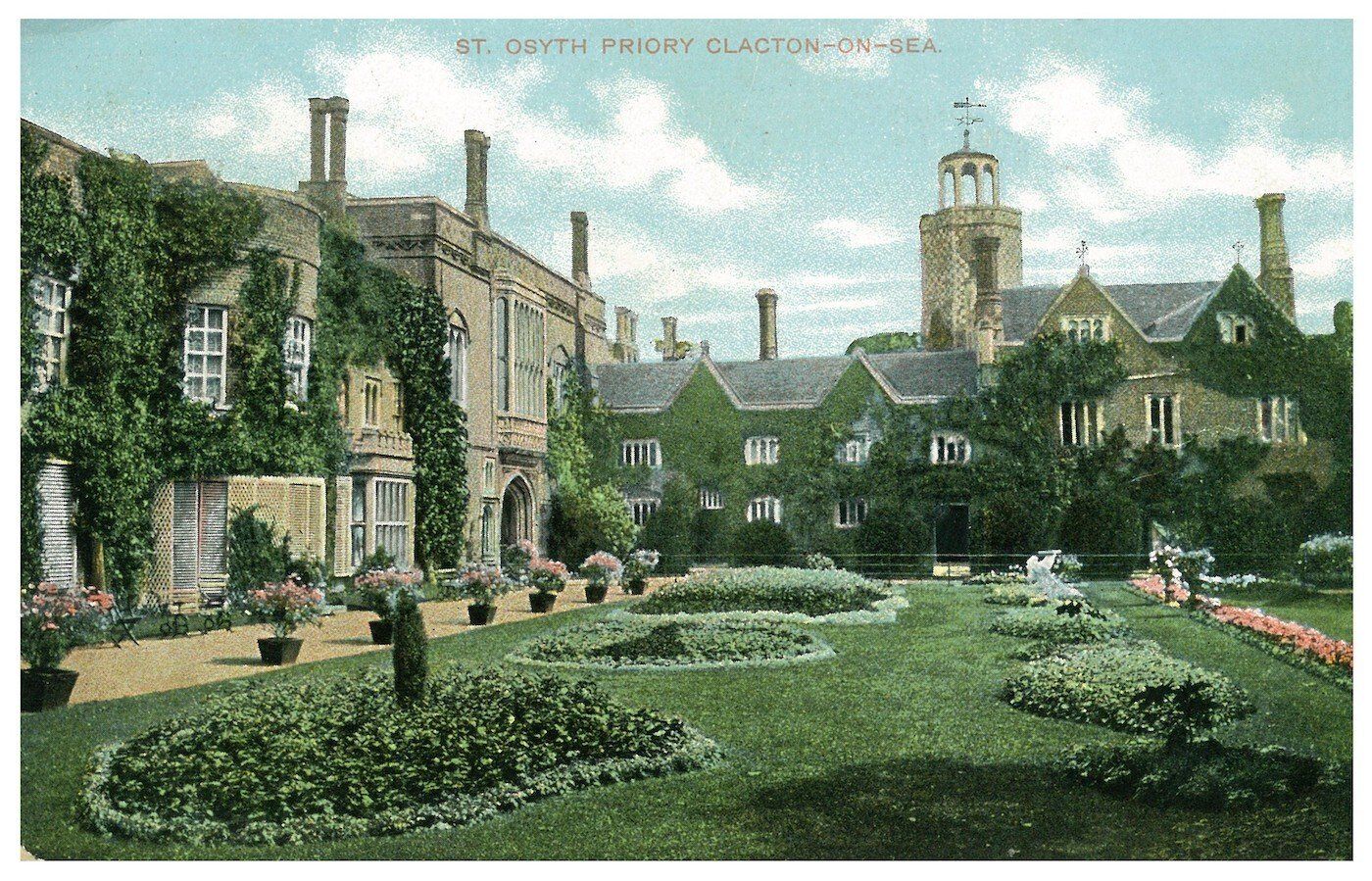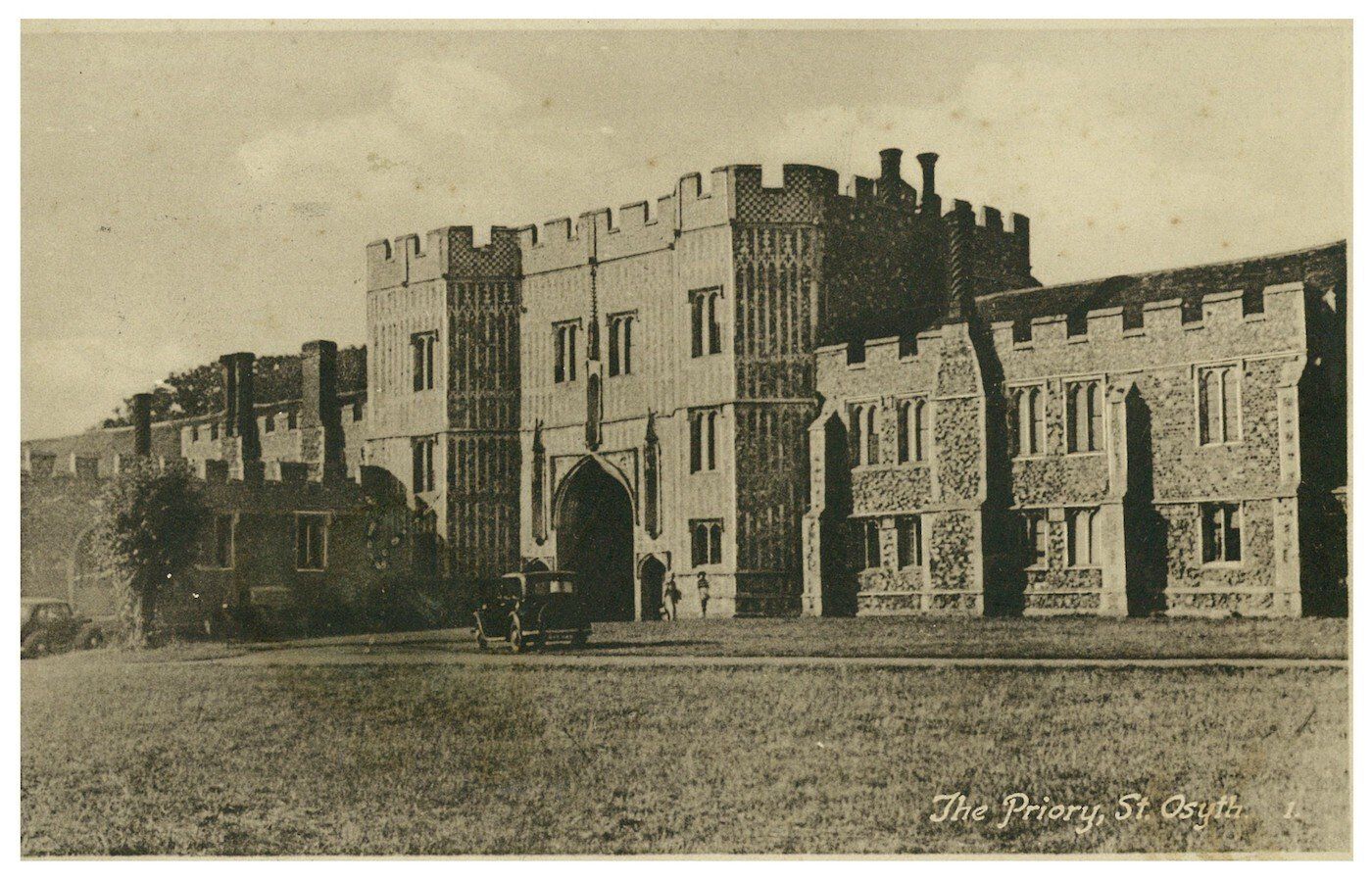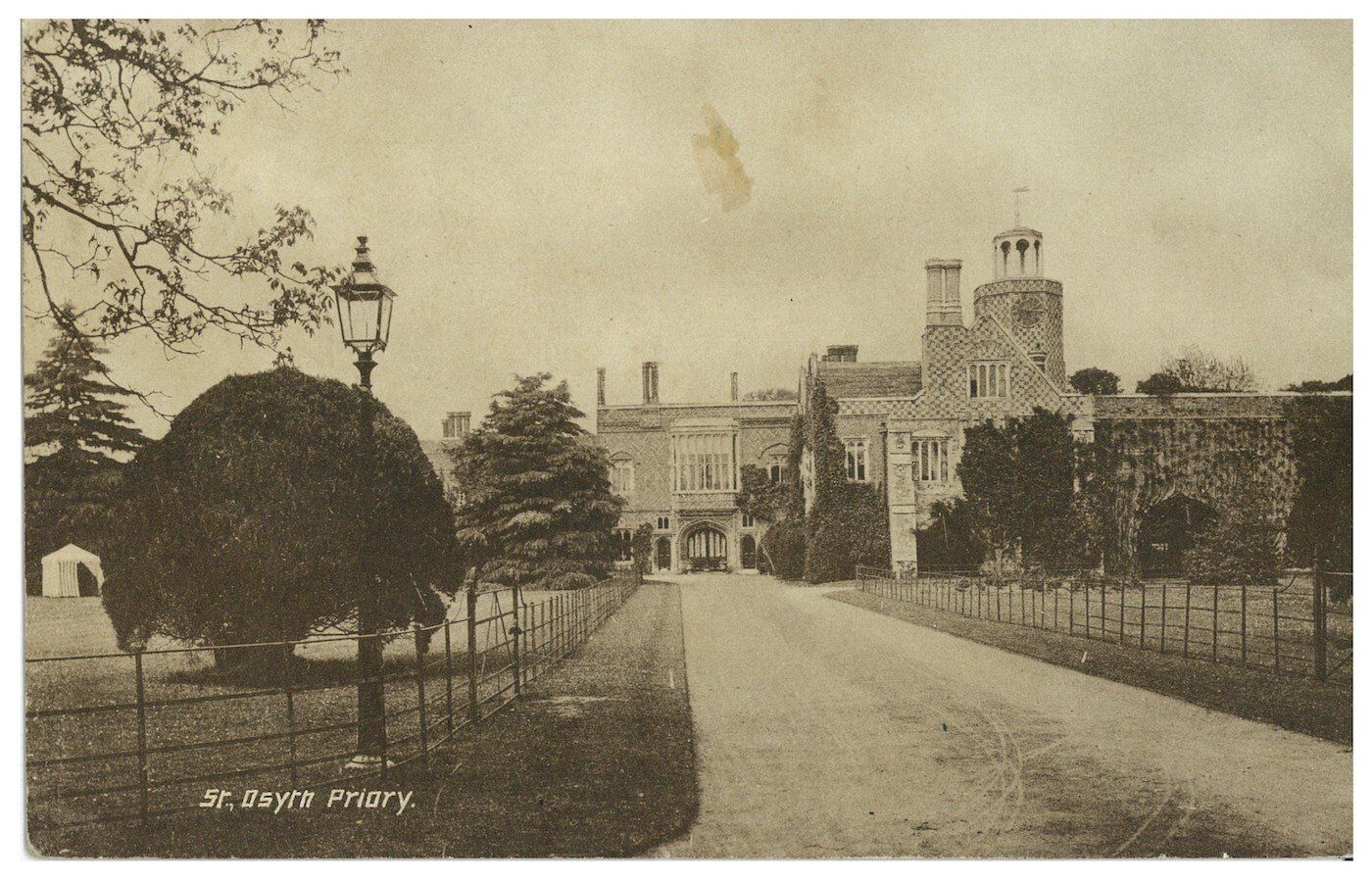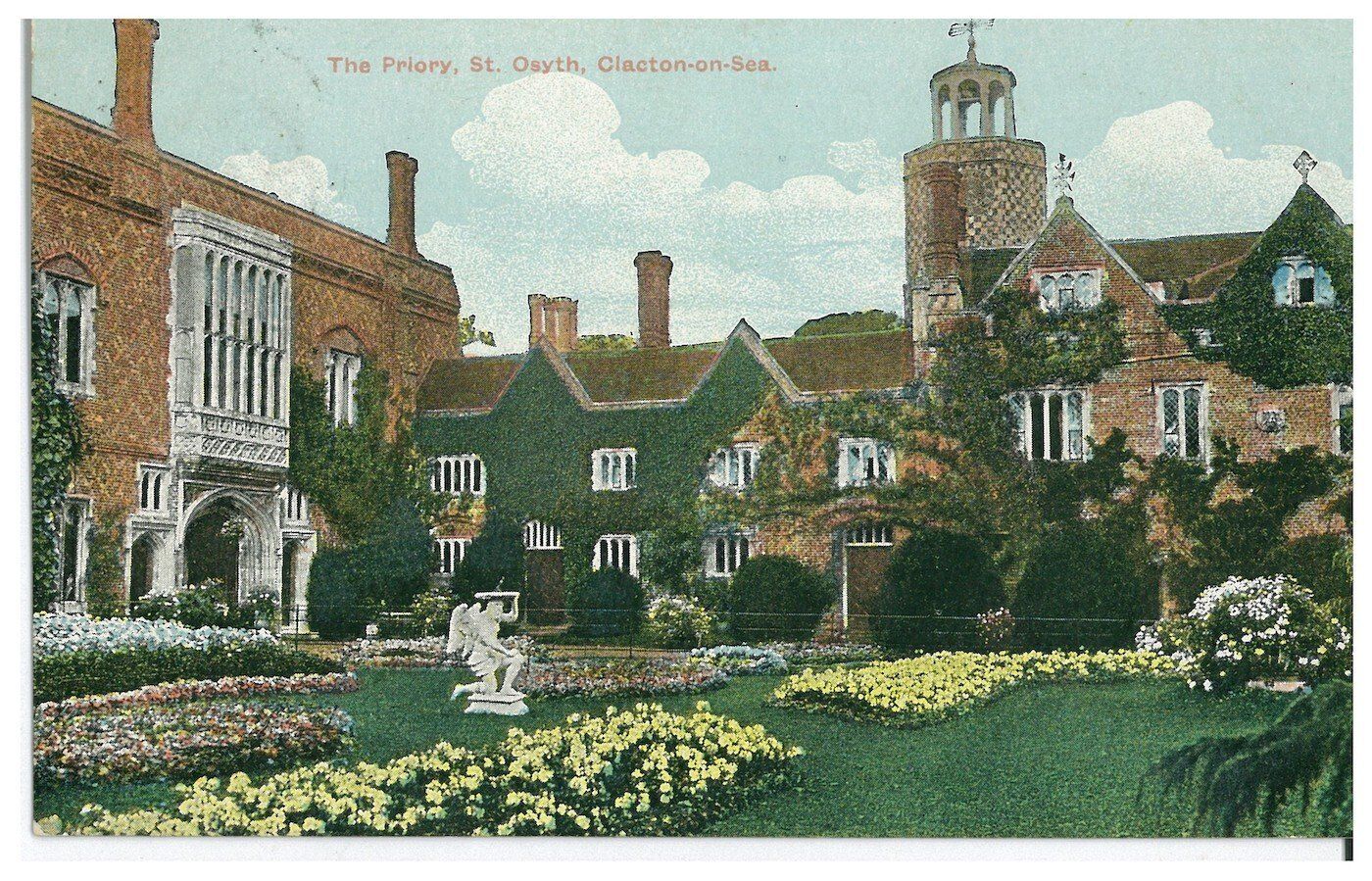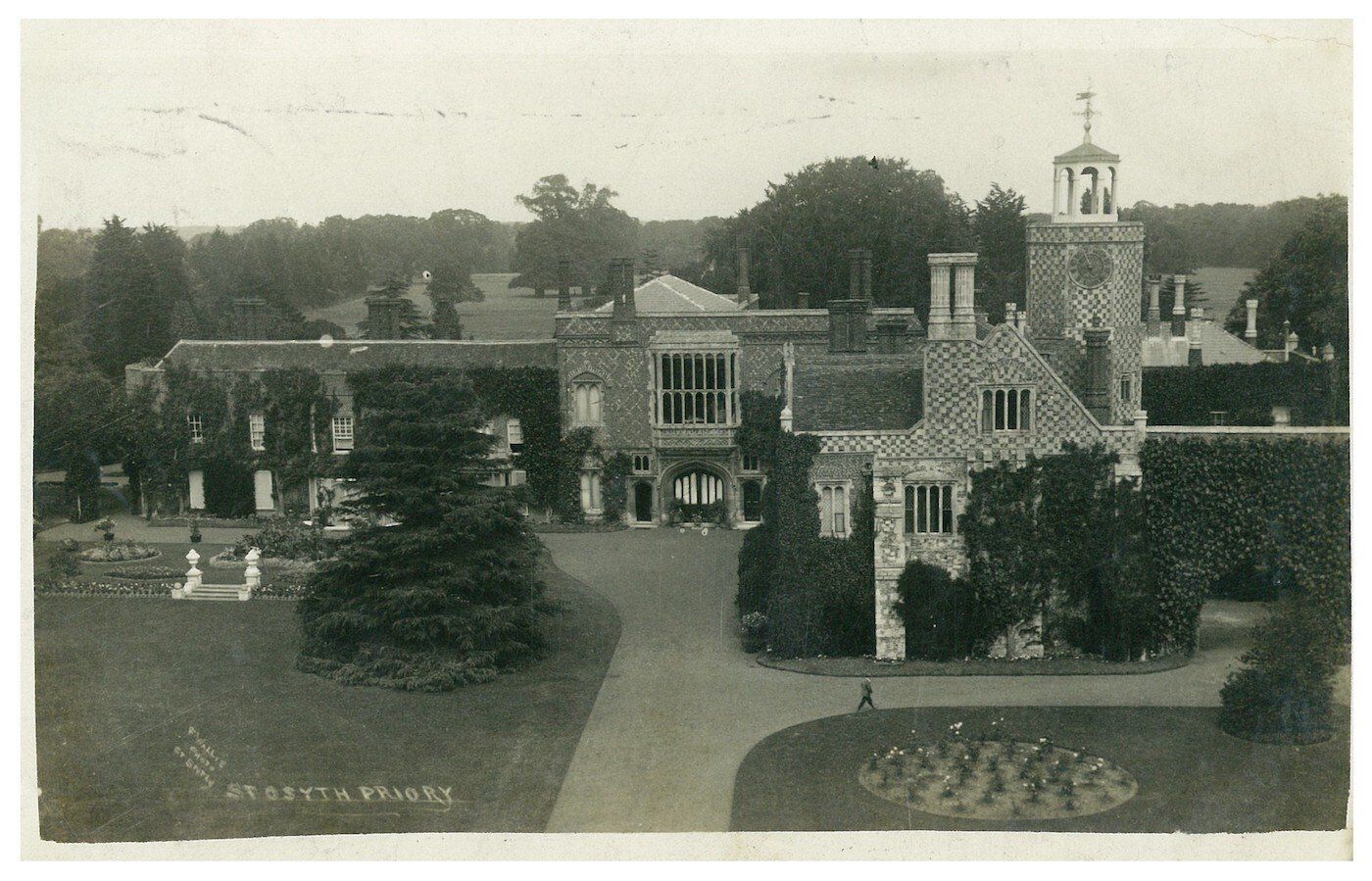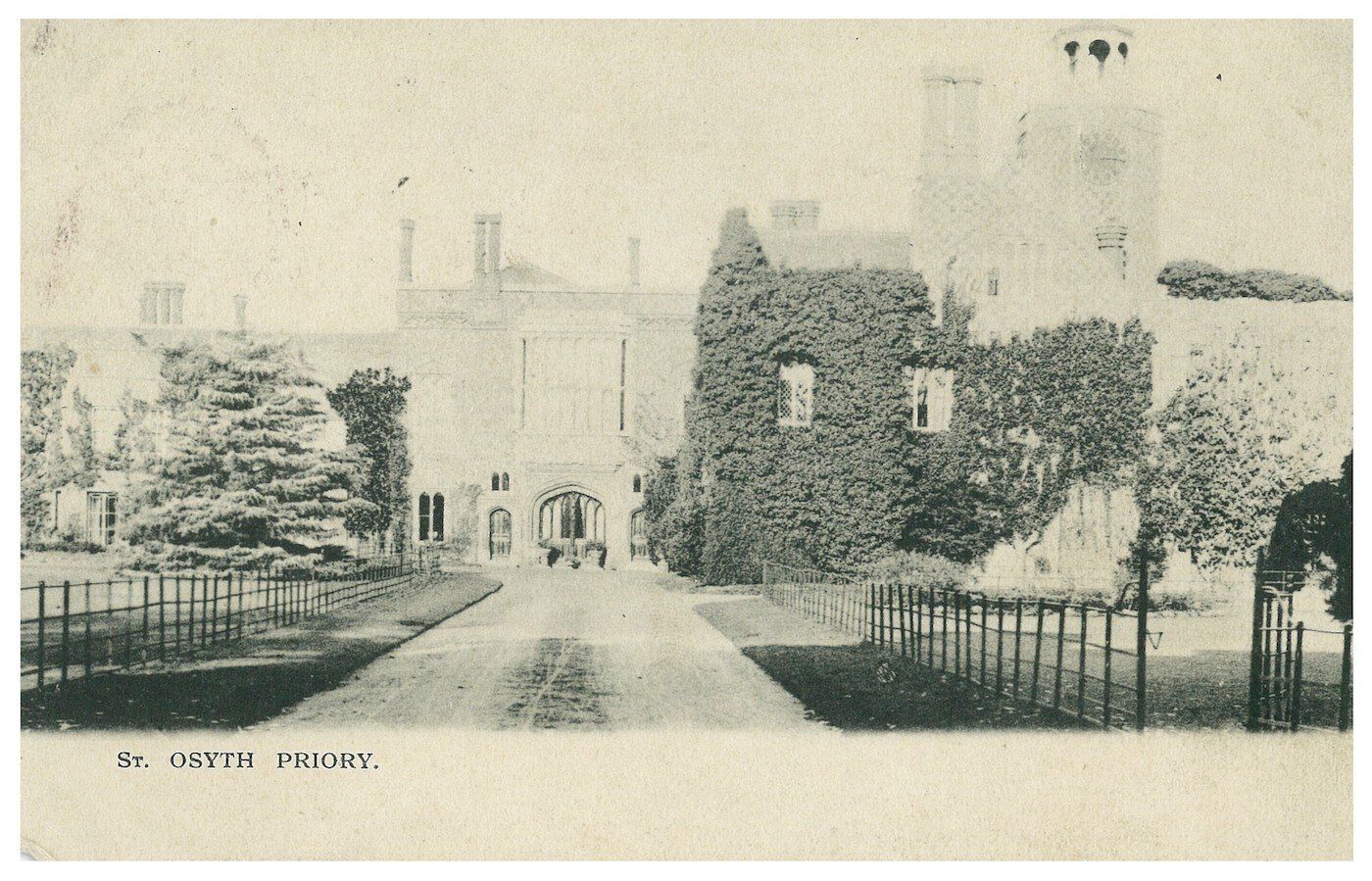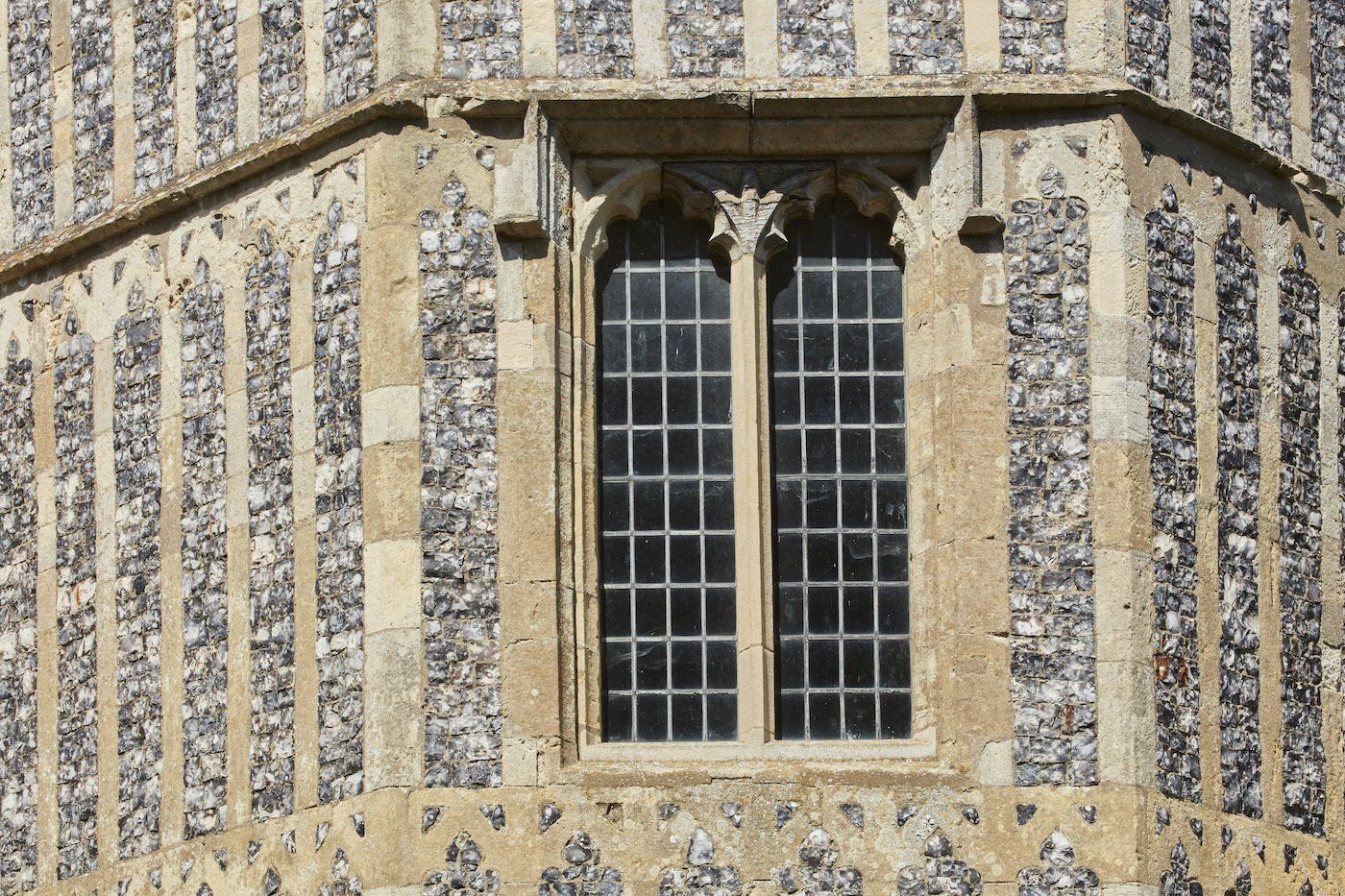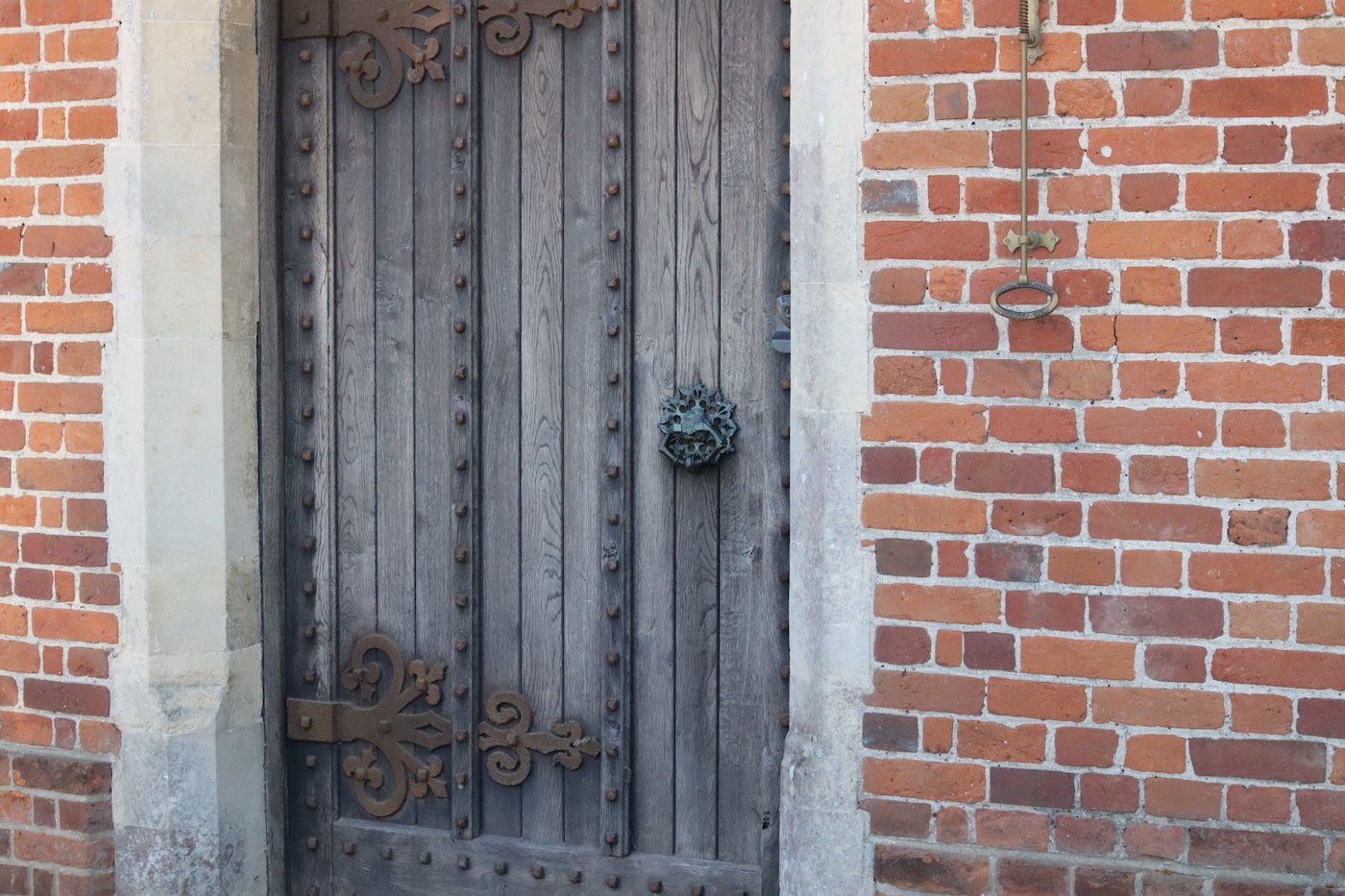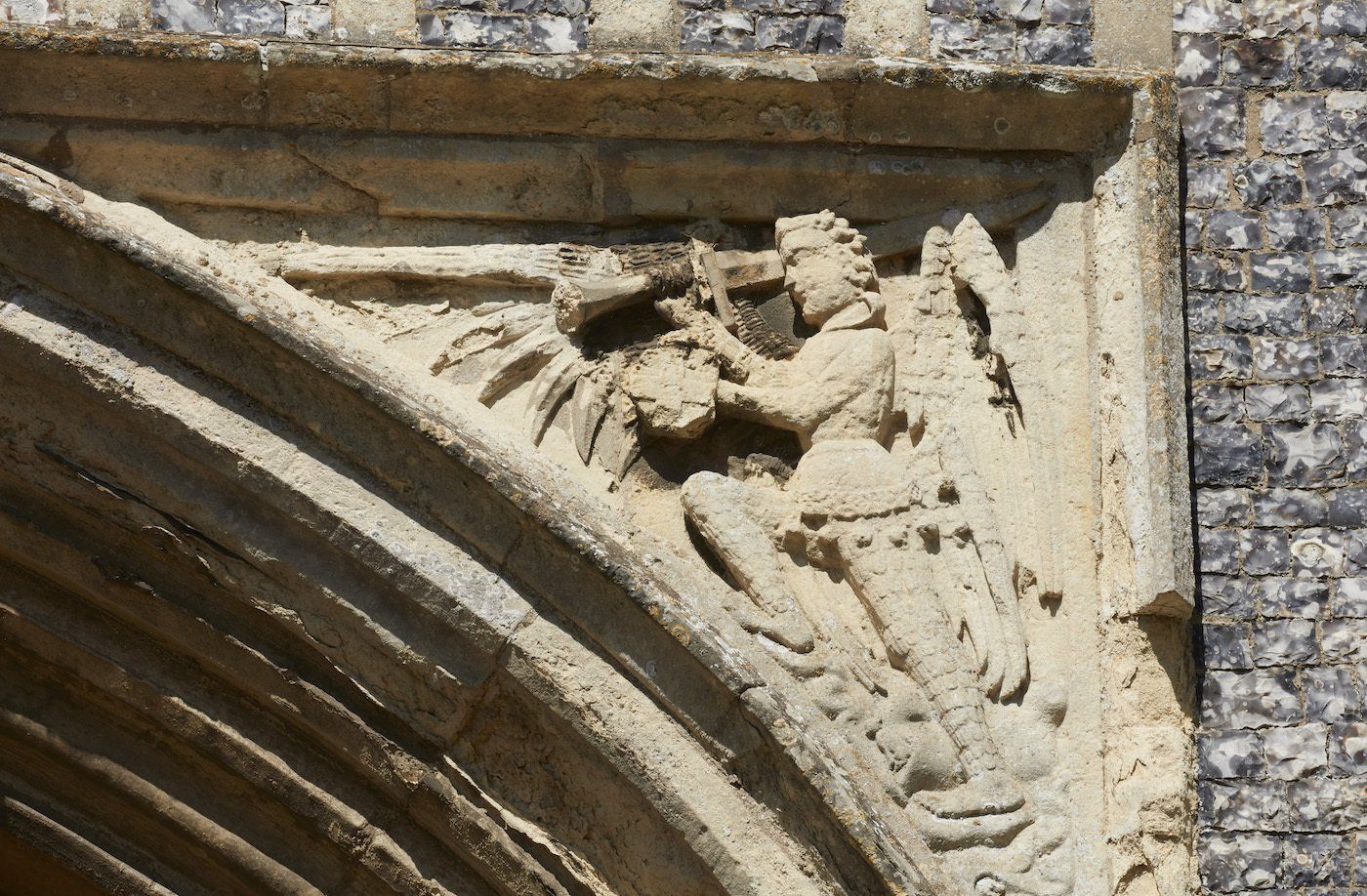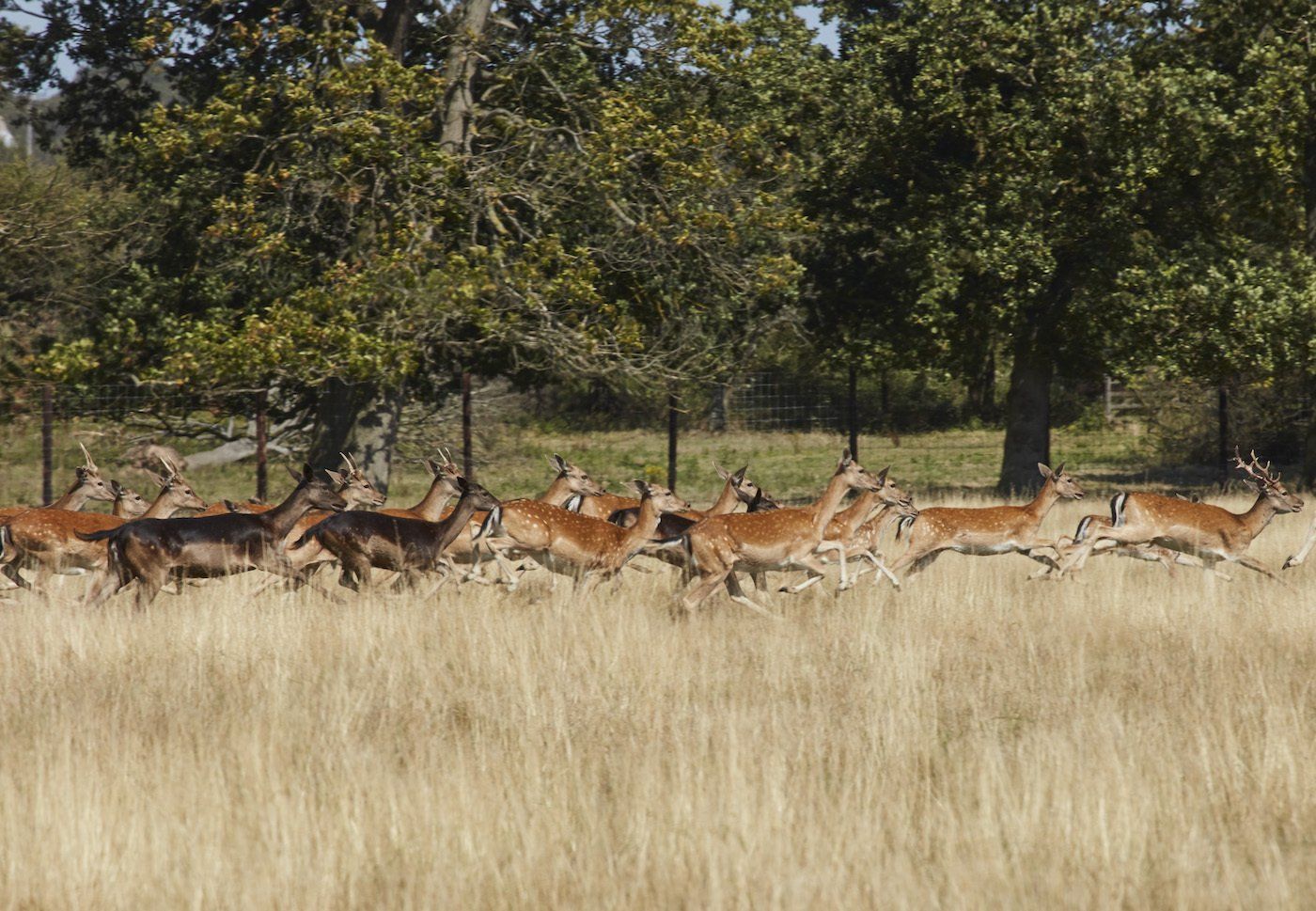THE TALE OF A LOCAL LEGEND
sTEEPED IN hISTORY
The St Osyth Priory estate can trace its history back almost 1,400 years, to the legend that gives the estate its name. Osgyth (or Osyth) was an English saint who died c700 AD. Forced by her father into a dynastic marriage with the King of Essex, she produced a son.
But her heart had always been set on service to God, so while her husband ran off to hunt down a beautiful white stag, Osyth persuaded two local bishops to accept her vows as a nun. After her husband’s death, she established a convent in the hamlet of Chich, which later took her name.
The convent became renowned for its piety, but according to legend a Danish raiding party tried to force Osyth to pray to their gods. When she refused, the Danes beheaded Osyth as she kneeled, praying. The body of St Osyth then stood up and picked up her head and walked a third of a mile to the church door where she knocked three times and collapsed. A healing spring emerged on the spot where her head had fallen.
An Augustinian Abbey was founded in St Osyth around 1120 by Richard de Belmeis, Bishop of London. Today significant elements from these monastic buildings survive, most notably the late 15th century Gatehouse and the Bishop’s Lodgings added for Abbot John Vyntoner in 1527.
In 1553 the estate was granted by the Crown to Thomas, 1st Lord Darcy (1506-58), who became Lord Chamberlain of the household under Edward VI. The Abbot’s Tower and the Clock Tower, which still remain today, would have been key features of the estate when Queen Elizabeth I visited St Osyth Priory on her Royal Progresses in July 1561 and again in August 1579.
Darcy House, the main residence of the estate, was requisitioned during World War I and then sold in 1948 to the Loyal and Ancient Order of Shepherds who founded a convalescent home here. Their alterations were largely confined to the Victorian service range. In 1954 Mr Somerset de Chair, a popular novelist and MP, purchased the property, allowing the convalescent home to remain in the main building for many years, in fact until 1980.
De Chair converted the Gatehouse and developed the gardens, opening the property to the public. After his marriage in 1974 to Lady Juliet Wentworth Fitzwilliam, the Wentworth Woodhouse art collection which she had inherited was displayed here. On de Chair’s death in 1995 the property was put up for sale by his widow, and it was eventually purchased by the present owners, the Sargeant family, in 1999.
Over recent years the Sargeant family have set about a comprehensive refurbishment of the estate, bringing it back to new life through features including new homes, county retreat holiday accommodation, stunning parkland, a working rare breeds farm, a luxury wedding venue, a country pub as well as restoration of the 16 separate Grade I, Grade II* and Grade II listed buildings and a significant Scheduled Ancient Monument within the St Osyth Conservation Area.



